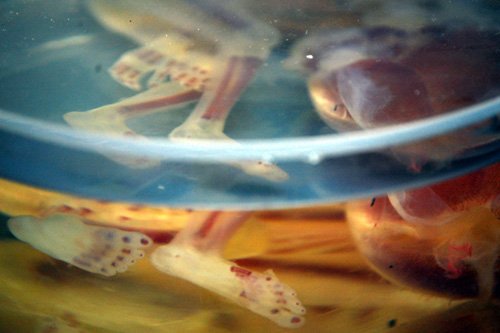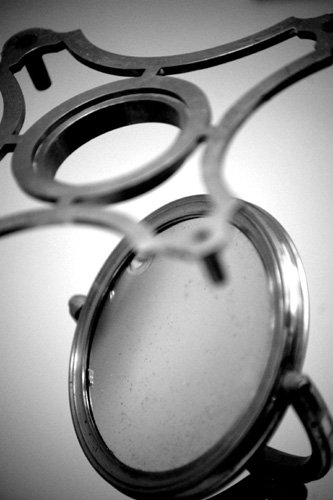
Photographs from the anatomical collection of
National Museum of Health and Medicine
Armed Forces Institute of Pathology
Washington D.C.
June 2007
&
Silver Spring, Maryland
January 2015
No. 3694
When I first visited The National Museum of Health and Medicine of the Armed Forces Institute of Pathology (NMHM/AFIP) in 2007, it was located on the campus of Walter Reed Army Medical Center in Washington D.C. The museum was originally founded as the Army Medical Museum (AMM) in 1862. The initial purpose of the institution was to document the effects of battle wounds and disease, and to study and improve medical practice. The American Civil War was underway at the time, so there was no shortage of study material to be collected. Today, NMHM (which acquired that name in 1989) maintains a collection of more than twenty-four million items. The collection includes archives, medical equipment, and human remains both normal and pathological for display and research. Perhaps the best known objects in the collection relate to the autopsies of President Abraham Lincoln (including the bullet that killed him, the probe used to find the bullet, and the surgeon’s blood-stained shirt cuff) and his assassin, John Wilkes Booth (a section of his spine).
The Armed Forces Institute of Pathology (AFIP) was decommissioned in September 2011. About the same time, the NMHM was forced to leave its home at Walter Reed due to the closure of the medical center. In 2012, the NMHM reopened in a new but smaller space at U.S. Army Garrison-Forest Glen Annex in nearby Silver Spring, Maryland. I made my first visit to the new site in 2015.
Special thanks to Brian Spatola and Tim Clarke, Jr. for their hospitality and enthusism for this project.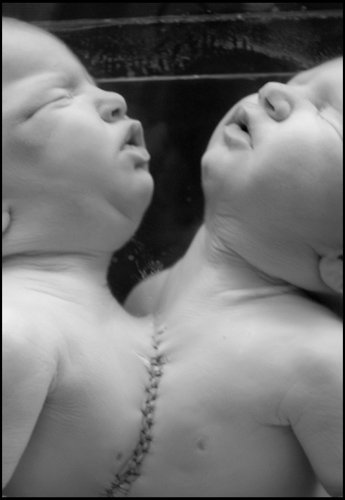
Conjoined twins


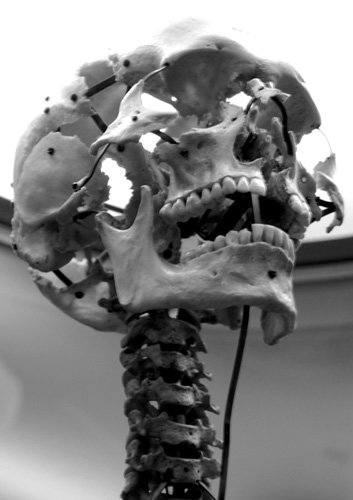


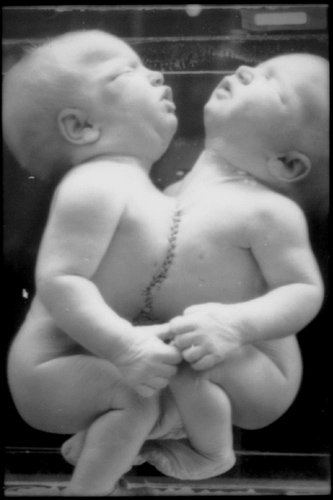




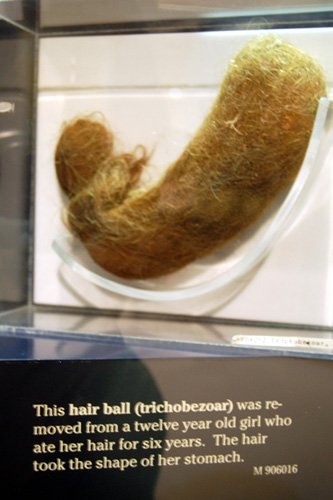


The Kentucky Mummy

Abnormal specimens

Sirenomelia (Mermaid syndrome)

Dwarfism

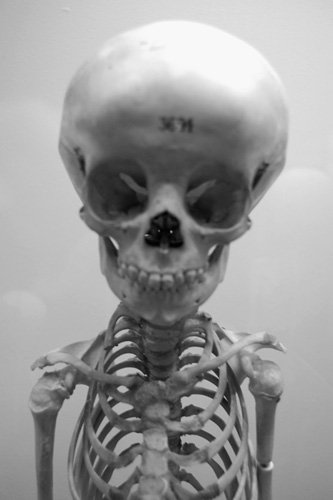

No. 3765

No. 3698


Ossification

Musket shot

Exhumed skull







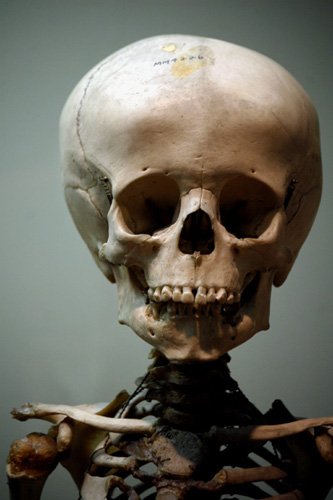
502963: 5 years



M-906046: Anencephaly




1989.0012.10: Cleared and stained 6-month-old human foetus






